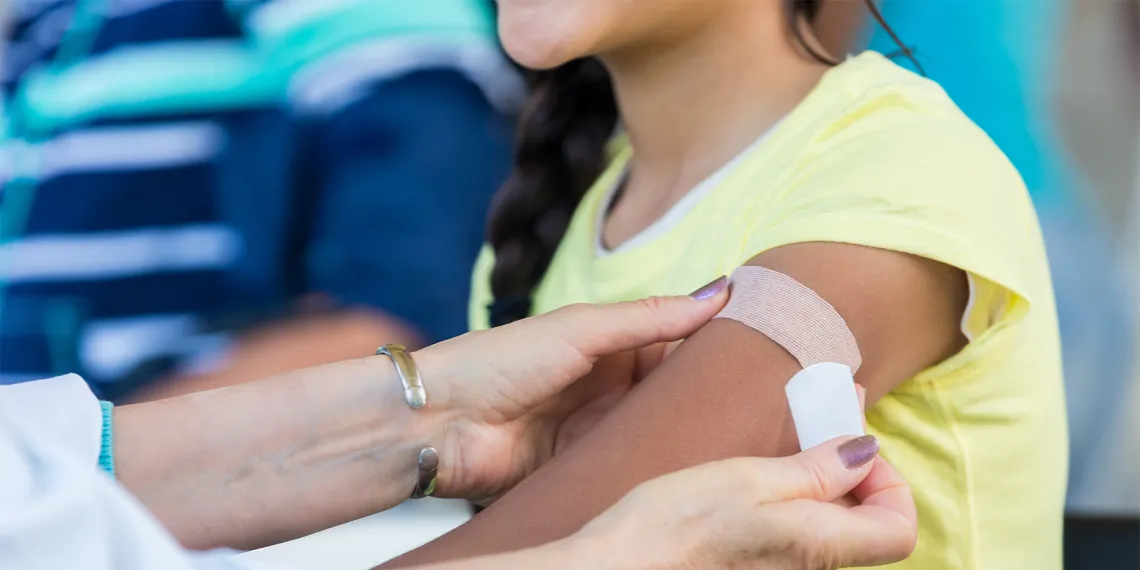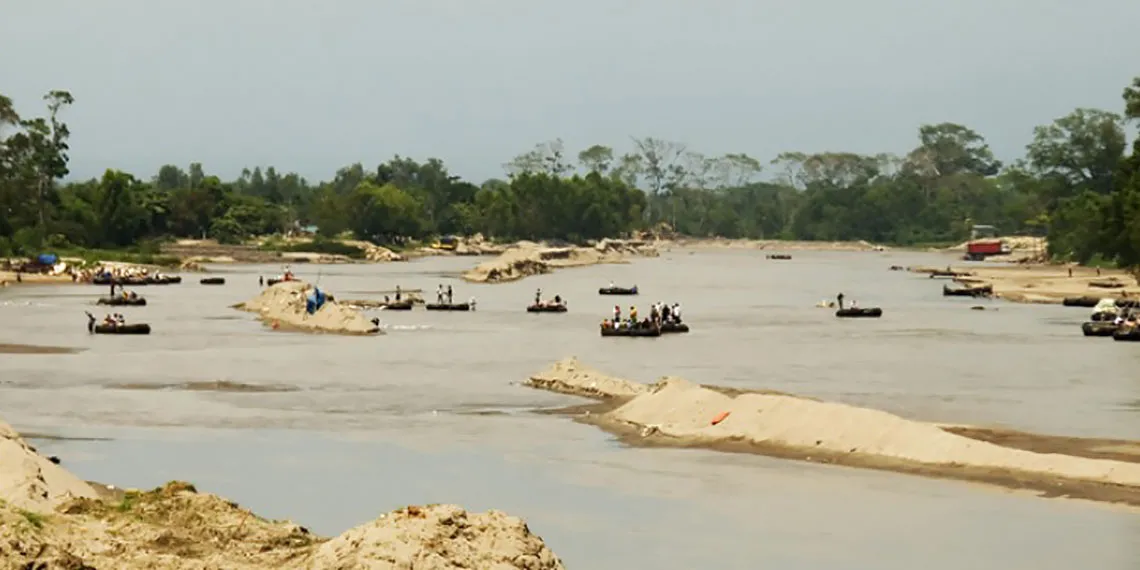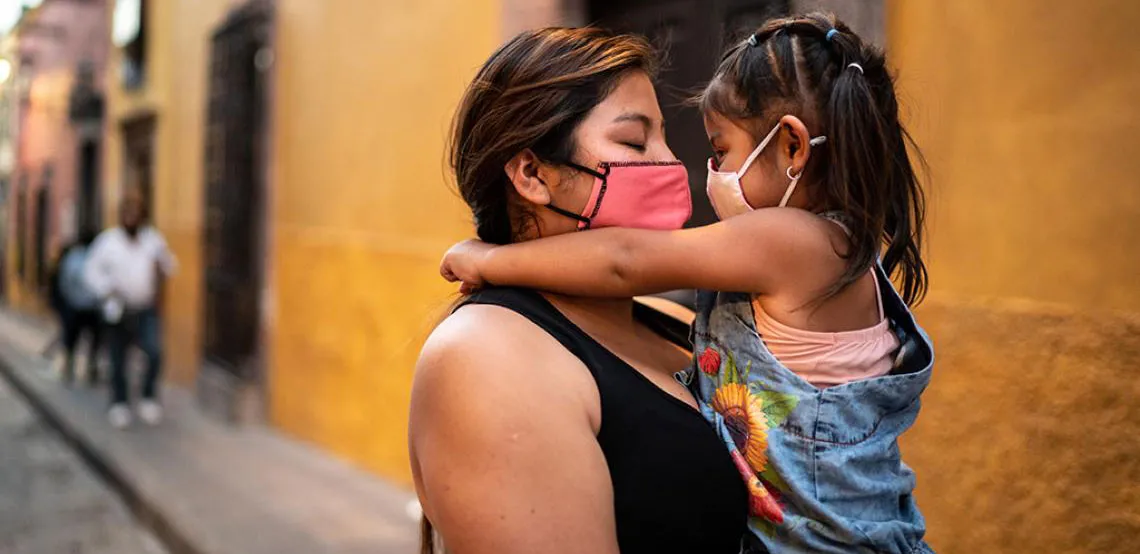UArizona researchers are part of a cross-border effort to develop new treatments for envenomation.
Venomous snakes bite up to 5.4 million people each year, resulting in 2.7 million cases of envenomation and up to 138,000 deaths, according to 2018 data. The grim statistics led the World Health Organization to class snake bites as a neglected tropical disease.
At the same time WHO decided to focus efforts on both prevention and increasing access to effective treatments, there are critical shortages in the global supplies of anti-venom.
Several companies, including a U.S. manufacturer of coral snake anti-venom, stopped making the medications because it was no longer cost effective, explains Leslie Boyer M.D., founding director of the Venom Immunochemistry, Pharmacology and Emergency Response (VIPER) Institute at the University of Arizona. The U.S. Food and Drug Administration, concerned about lack of access to the lifesaving medications, put out a call for help.
The UArizona received a $1.6 million FDA grant to work with a Mexico-based drug manufacturer to research new coral snake anti-venom. It was not the first time the VIPER Institute, in conjunction with researchers in Mexico and around the world, came together to develop innovative biologics. A collaborative that included researchers from the Institute of Biotechnology at the National Autonomous University of Mexico (UNAM) developed scorpion anti-venom, also in response to a critical shortage.
“Even though the U.S. pharmaceutical industry took off, we abandoned biologics, and, when that happened, Mexican biotech surpassed us,” Boyer says. “[With the anti-venom work] we did something together that neither of us could have done on our own: We took Mexican biotechnology and proved that it worked.”
The team imported anti-venom from Mexico and launched clinical trials in Arizona. Their 12-year collaboration led to an FDA approved anti-venom to treat scorpion envenomation and their research was published in the New England Journal of Medicine. Trials for the coral snake anti-venom are complete and the product is now an investigational new drug, according to FDA standards. A private entity holds the Investigational New Drug Application and will make the decision about pursuing further FDA approvals needed to commercialize the anti-venom.
Focus on the Future
After completing her doctoral degree at UNAM, Dayanira Paniagua received a Fulbright scholarship and joined the UArizona-based research team to assist with the clinical trials for coral snake anti-venom. Paniagua notes that the research has been translated into the market in Mexico and has spearheaded additional research projects to address an ever-increasing need for novel anti-venom.
“The importation of exotic snakes [into the U.S.] is a big problem…Before the internet boom, envenomation was from local snakes but now people are arriving at the hospital with envenomation from snakes from Australia or Africa … and there is no anti-venom available [to treat] snake bites from around the world,” she explains. “We need to work with the FDA to find ways of managing this new issue.”
The research has the potential to have a ripple effect across the globe.
Researchers at VIPER Institute and around the world are also engaged in exploring new treatments. The process used to make anti-venom is ancient: Small amounts of snake venom are injected into horses or ruminant animals like sheep that build up antibodies and their blood serum, when collected and processed, works like a drug. Anti-venom is species-specific, which means multiple products must be kept on hand to treat all manner of domestic and exotic snake bites.
“There are many international forces trying to combine different anti-venoms to make an anti-venom for a wide spectrum but, until that happens, the [formulations] are quite specific,” Paniagua says.
Paniagua attended a symposium in Kenya with Anne Wertheimer, Ph.D., the director of the VIPER Institute, to learn about efforts to renew the technology with new recombinant technology that could be both superior and more cost competitive than current therapies. Her next project, funded through a fellowship from the Mexican Council of Science and Technology, will focus on applying complex system science to envenomation, using databases of information about toxins to better understand its biochemical processes.
These kinds of cross-border collaborations, Boyer says, are going to facilitate discoveries that will lead to the next generation of anti-venom.
“We have come a long way and the next step is focusing on ways to improve our understanding of how the biotechnology works and using the science for the unique anti-venoms of the future,” she explains. “We must also take what we have learned from the science and applying it to policy so the mechanisms [to treat envenomation] are not so expensive and time consuming to put into effect.”





